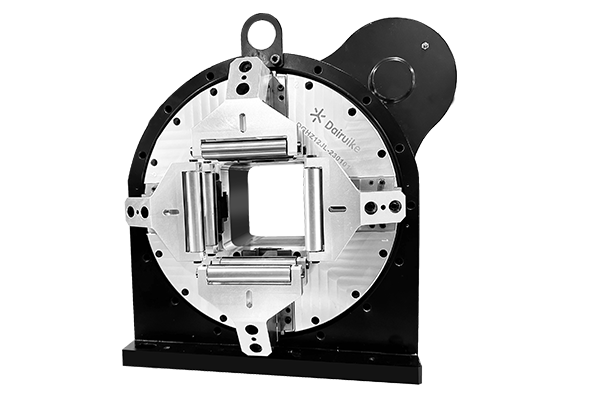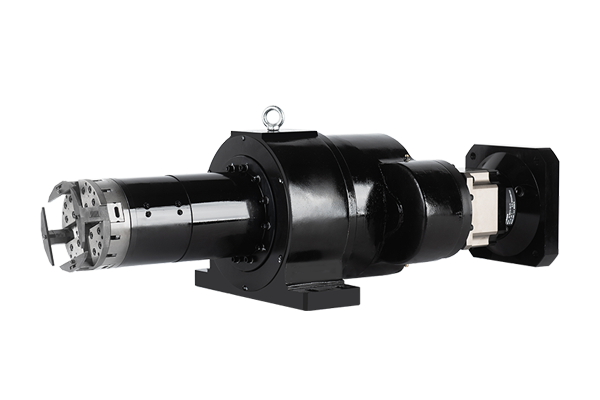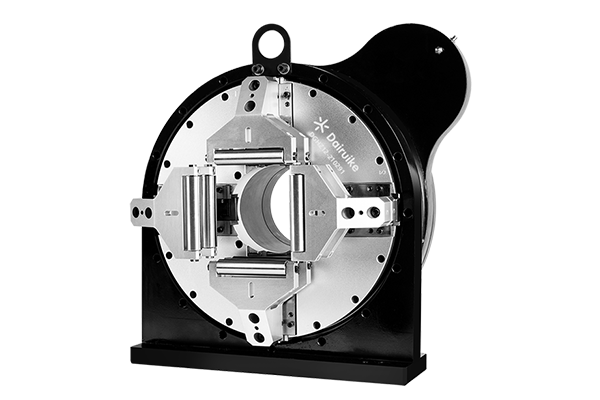In the realm of modern manufacturing, precision, efficiency, and safety are paramount. One technological innovation that has significantly contributed to achieving these goals is the pneumatic chuck. Pneumatic chucks are versatile work-holding devices that utilize compressed air to secure and grip objects during machining processes. This article explores the various advantages that pneumatic chucks bring to the manufacturing industry, from enhancing productivity to ensuring accuracy and versatility.
Introduction to Pneumatic Chucks
Pneumatic chucks are integral components in machining operations where workpieces must be securely held in place while undergoing processes such as turning, drilling, milling, and grinding. Unlike traditional manual clamping methods, pneumatic chucks employ compressed air to exert precise and uniform pressure on the workpiece, resulting in a firm grip that minimizes vibrations and ensures consistent machining outcomes.
Enhanced Productivity
One of the primary advantages of pneumatic chucks is their ability to significantly enhance productivity. The quick and automated clamping and releasing mechanism of pneumatic chucks drastically reduce setup times between machining operations. With conventional chucks, tightening and loosening mechanisms often require manual adjustments, leading to downtime. Pneumatic chucks eliminate this time-consuming process, enabling manufacturers to maximize their machine utilization and throughput.
Improved Accuracy and Surface Finish
Precision is the cornerstone of successful manufacturing, and pneumatic chucks play a pivotal role in achieving high levels of accuracy. The even distribution of clamping pressure exerted by compressed air ensures that the workpiece remains securely held in place without distortion. This feature is particularly beneficial for intricate and delicate components that demand minimal tolerances.
Furthermore, pneumatic chucks contribute to achieving superior surface finishes. The elimination of vibrations during machining minimizes the risk of chatter marks, which can mar the surface of the workpiece. The consistent pressure provided by pneumatic chucks results in smoother cuts and finer surface textures, reducing the need for secondary finishing operations.
Versatility in Workholding
Manufacturing processes vary widely, from heavy-duty metal cutting to delicate operations on softer materials. Pneumatic chucks exhibit exceptional versatility in accommodating a diverse range of workpieces. By adjusting the clamping pressure, manufacturers can safely hold both lightweight and heavyweight components without the need for constant chuck changes. This flexibility streamlines production and reduces tool changeover times.
Enhanced Safety for Operators
The safety of operators on the shop floor is of paramount importance. Pneumatic chucks contribute to a safer work environment by minimizing the risk of accidents associated with improper clamping. The automated clamping process eliminates the need for manual tightening, reducing the likelihood of human errors that can lead to workpiece ejection or slippage during machining. This feature not only safeguards operators but also preserves valuable machinery from potential damage.

Integration with Automation
In the era of Industry 4.0, automation is transforming manufacturing processes. Pneumatic chucks seamlessly integrate with automated systems, enhancing the overall efficiency and accuracy of production lines. Automated clamping and unclamping enable continuous machining without human intervention, enabling manufacturers to realize higher levels of production automation.
Cost Savings
While the initial investment in pneumatic chuck systems might be higher than traditional clamping methods, the long-term cost savings quickly become apparent. The reduction in setup times, increased machine utilization, minimized rework due to improved accuracy, and decreased downtime collectively lead to substantial financial benefits. Manufacturers can achieve higher production volumes with the same resources, ultimately translating into improved profitability.
Environmental Impact
Pneumatic chucks also offer ecological advantages. Unlike hydraulic systems that rely on fluids, pneumatic chucks operate solely on compressed air. This eliminates the risk of fluid leaks, reduces maintenance requirements, and contributes to a cleaner and more environmentally friendly workspace.
Considerations for Implementing Pneumatic Chucks
While the advantages of pneumatic chucks are compelling, their successful implementation requires careful consideration and planning. Manufacturers must assess their specific machining needs, the types of workpieces they handle, and the compatibility of pneumatic chucks with their existing machinery. Here are a few key considerations to keep in mind:
- Workpiece Compatibility: Different types of workpieces require different clamping forces and configurations. Manufacturers should ensure that the chosen pneumatic chuck can accommodate the size, shape, and weight of their workpieces effectively.
- Air Supply and Pressure: Pneumatic chucks rely on a steady supply of compressed air. Manufacturers must ensure that their facility’s air supply infrastructure can support the required pressure and flow rates for optimal chuck performance.
- Operator Training: While pneumatic chucks simplify the clamping process, operators still need to be trained in their proper usage, maintenance, and troubleshooting. Adequate training ensures that the technology is leveraged to its full potential and minimizes the risk of errors.
- Maintenance and Servicing: Regular maintenance is crucial to prolonging the lifespan of pneumatic chucks and maintaining their performance. Manufacturers should establish a maintenance schedule and ensure that replacement parts are readily available when needed.
- Cost-Benefit Analysis: While the advantages of pneumatic chucks are significant, manufacturers should conduct a thorough cost-benefit analysis to assess the return on investment. This includes evaluating the savings in setup time, increased production, reduced rework, and other factors against the initial investment and ongoing maintenance costs.
Conclusion
In the landscape of modern manufacturing, the advantages of pneumatic chucks are undeniable. From enhancing productivity and accuracy to ensuring operator safety and supporting automation, these versatile work-holding devices are transforming the way components are machined. The incorporation of pneumatic chucks into manufacturing processes represents a commitment to precision, efficiency, and sustainability, ultimately contributing to the continued advancement of the industry as a whole. As manufacturing continues to evolve, pneumatic chucks stand as a testament to the power of innovation in shaping a more productive and dynamic future.





